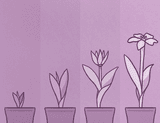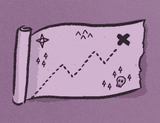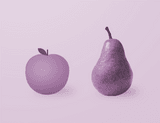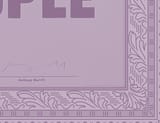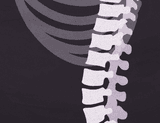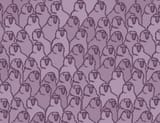
Staying Cultured
When many think about agency culture, they think: ping pong tables, beer, some guy carrying a longboard, and other miscellaneous hip decor. Well, we do have beer and awesome decor. As cool as having all of those things is, it doesn’t keep people employed at a company. When I started with Happy Cog, in June 2016, it was clear to me that having the appearance of a fun culture did not equal a good culture. Good culture is better. Happy Cog focuses on working hard and producing great projects for good people. We recently ditched the office, moved to a coworking space at WeWork, and officially became distributed. Staff rotate in and out of our office space throughout the week, with the bulk of the team being present on Tuesdays. It’s typically pretty quiet around here. So without people around, how does Happy Cog maintain its culture in the distributed workplace?

